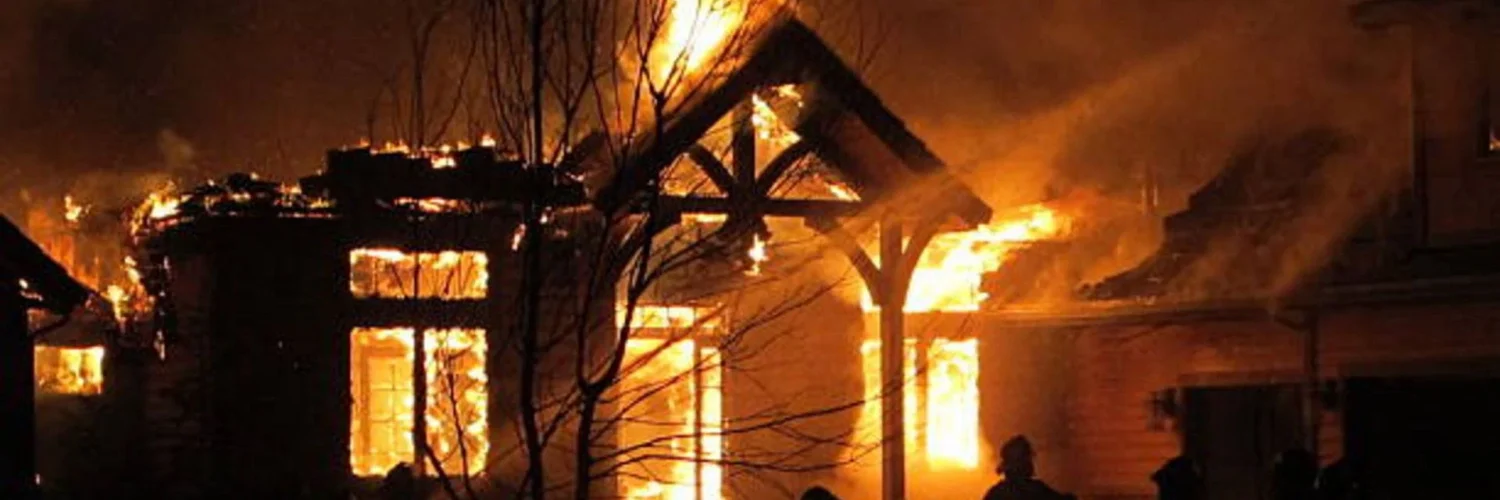The Tuimala Fire Video shocked the world when it surfaced online, capturing a devastating wildfire sweeping through the beautiful Tuimala forest. The video not only brought attention to the immediate danger of wildfires but also raised questions about their increasing frequency and severity due to climate change. In this article, we will delve into the details of the Tuimala Fire incident, explore its impact on the environment and communities, and discuss the measures we can take to prevent such disasters in the future.
The Tuimala Fire Incident Unfolded
The Tuimala Fire, a massive wildfire, broke out on [date] in the [location]. The incident spread rapidly due to a combination of dry weather, strong winds, and an abundance of dry fuel in the forest. The video captured the intensity and speed of the flames, leaving viewers in awe of the destructive force of nature.
The Environmental Impact
The Tuimala Fire had severe environmental repercussions. The burning of trees and vegetation released vast amounts of carbon dioxide into the atmosphere, contributing to global warming. The loss of habitats and biodiversity in the affected areas also raised concerns about the long-term ecological effects.
The Human Toll
Beyond the environmental impact, the Tuimala Fire had devastating effects on human lives. Many families lost their homes and belongings, facing the traumatic experience of evacuating in the face of an unstoppable force of nature. Some individuals even lost their lives in their attempt to escape the rapidly spreading flames.
Rising Concerns of Wildfires and Climate Change
The Tuimala Fire was not an isolated incident. In recent years, wildfires have become more frequent and intense around the world. Researchers and experts point to climate change as a major contributing factor, with rising temperatures and prolonged droughts creating favorable conditions for wildfires to ignite and spread.
The Role of Human Activities
While climate change plays a significant role, human activities also contribute to the increasing wildfire risk. Factors such as deforestation, poor land management, and accidental ignitions worsen the situation. We need to address these issues to mitigate the frequency and severity of wildfires.
Lessons from Past Wildfires
Looking back at past wildfire incidents, we can learn valuable lessons. For instance, the “Smokey Bear” camt`paign in the United States helped raise awareness about fire prevention and the importance of responsible behavior in wildfire-prone areas.
Preventive Measures and Fire Management
Preventing wildfires requires a combination of efforts, including proactive forest management, controlled burns, and public education on fire safety. Governments and communities must work together to implement these preventive measures effectively.
The Role of Technology in Fire Prevention
Advancements in technology have revolutionized wildfire prevention and management. From satellite-based early warning systems to firefighting drones, these innovations can help detect and respond to wildfires more efficiently.
Community Preparedness and Resilience
Community preparedness and resilience are crucial in minimizing the impact of wildfires. Establishing evacuation plans, creating defensible spaces around homes, and conducting regular fire drills are essential steps to ensure safety during wildfire emergencies.
Supporting Affected Communities
After a wildfire, affected communities require substantial support for recovery and rebuilding. Government agencies, NGOs, and individuals can extend a helping hand through donations, volunteering, and resource allocation.
Conclusion:
The Tuimala Fire Video serves as a powerful reminder of the urgent need to address wildfires and their connection to climate change. By understanding the factors contributing to these disasters, implementing preventive measures, and fostering community resilience, we can work together to reduce the devastating impact of wildfires and protect our precious natural resources for future generations.










